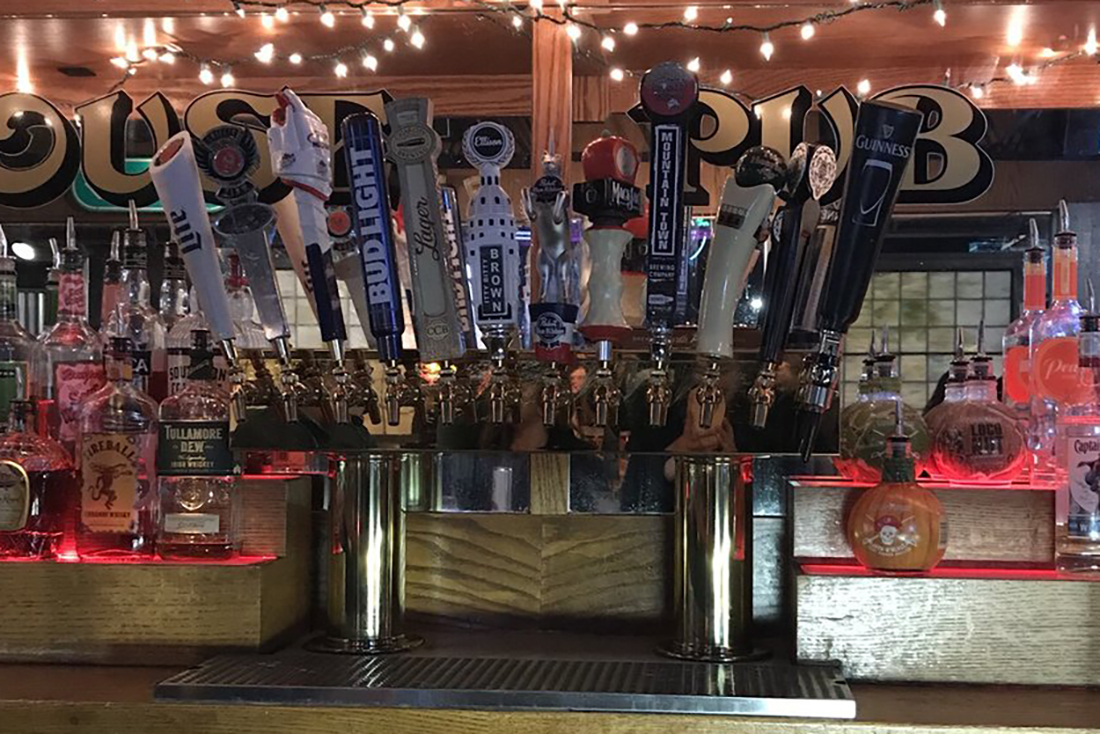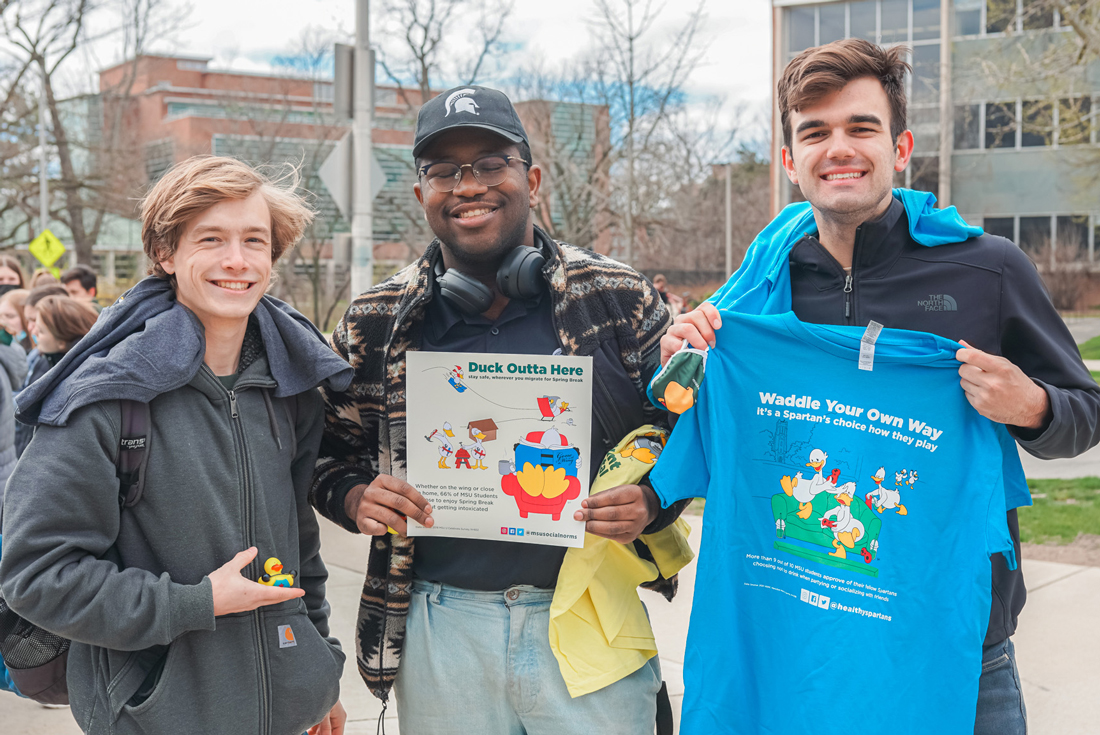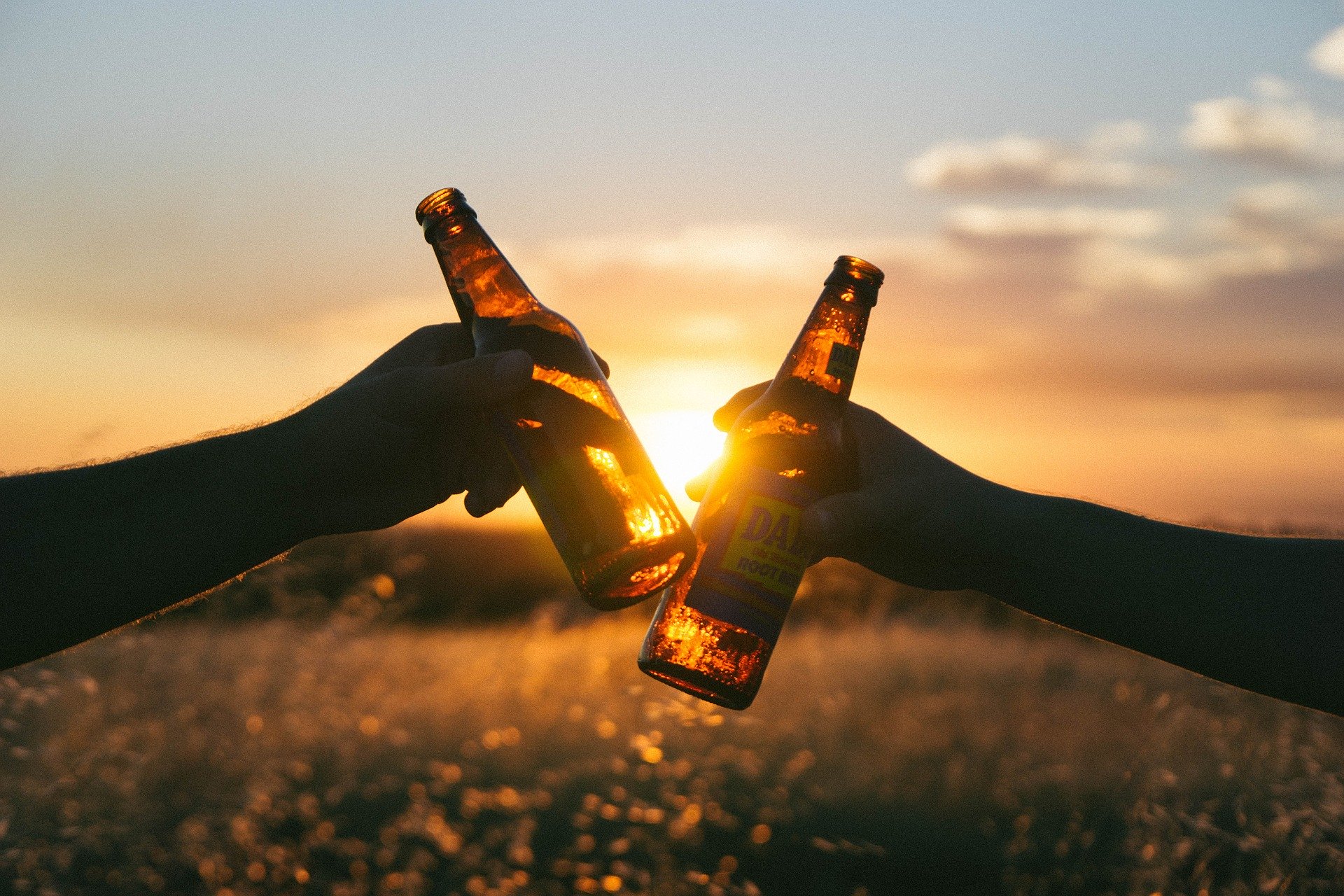Barnett, N. P., Clerkin, E. M., Wood, M., Monti, P. M., Tevyaw, T. O. L., Corriveau, D., … & Kahler, C. W. (2014). Description and predictors of positive and negative alcohol-related consequences in the first year of college. Journal of studies on alcohol and drugs, 75(1), 103.
Boekeloo, B. O., Bush, E. N., & Novik, M. G. (2009). Perceptions about residence hall wingmates and alcohol-related secondhand effects among college freshmen. Journal of American College Health, 57(6), 619-628.
Borsari, B., Murphy, J. G., & Barnett, N. P. (2007). Predictors of alcohol use during the first year of college: Implications for prevention. Addictive behaviors, 32(10), 2062-2086.
Cleveland, M. J., Lanza, S. T., Ray, A. E., Turrisi, R., & Mallett, K. A. (2012). Transitions in first-year college student drinking behaviors: Does pre-college drinking moderate the effects of parent-and peer-based intervention components?. Psychology of addictive behaviors, 26(3), 440.
Del Boca, F. K., Darkes, J., Greenbaum, P. E., & Goldman, M. S. (2004). Up close and personal: temporal variability in the drinking of individual college students during their first year. Journal of consulting and clinical psychology, 72(2), 155.
DeMartini, K. S., Carey, K. B., Lao, K., & Luciano, M. (2011). Injunctive norms for alcohol-related consequences and protective behavioral strategies: Effects of gender and year in school. Addictive behaviors, 36(4), 347-353.
Fromme, K., Corbin, W. R., & Kruse, M. I. (2008). Behavioral risks during the transition from high school to college. Developmental psychology, 44(5), 1497.
Hoeppner, B. B., Barnett, N. P., Jackson, K. M., Colby, S. M., Kahler, C. W., Monti, P. M., … & Fingeret, A. (2012). Daily college student drinking patterns across the first year of college. Journal of studies on alcohol and drugs, 73(4), 613.
Kelly, K. J., & Stanley, L. (2014) “Identifying Upstream Factors using the Community Readiness Model: The Case of Reducing Alcohol Use among College Students”, Journal of Social Marketing, Vol. 4 Iss: 2
Lee, C. M., Lewis, M. A., & Neighbors, C. (2009). Preliminary examination of spring break alcohol use and related consequences. Psychology of Addictive Behaviors, 23(4), 689.
Maggs, J. L., Williams, L. R., & Lee, C. M. (2011). Ups and downs of alcohol use among first-year college students: Number of drinks, heavy drinking, and stumble and pass out drinking days. Addictive behaviors, 36(3), 197-202.
Mallett, K. A., Varvil‐Weld, L., Borsari, B., Read, J. P., Neighbors, C., & White, H. R. (2013). An Update of Research Examining College Student Alcohol‐Related Consequences: New Perspectives and Implications for Interventions. Alcoholism: Clinical and Experimental Research, 37(5), 709-716.
Neighbors, C., Atkins, D. C., Lewis, M. A., Lee, C. M., Kaysen, D., Mittmann, A., … & Rodriguez, L. M. (2011). Event-specific drinking among college students. Psychology of addictive behaviors, 25(4), 702.
Neighbors, C., Walters, S. T., Lee, C. M., Vader, A. M., Vehige, T., Szigethy, T., & DeJong, W. (2007). Event-specific prevention: Addressing college student drinking during known windows of risk. Addictive behaviors, 32(11), 2667-2680.
Nguyen, N., Walters, S. T., Wyatt, T. M., & DeJong, W. (2011). Use and correlates of protective drinking behaviors during the transition to college: Analysis of a national sample. Addictive behaviors, 36(10), 1008-1014.
O’Grady, M. A., Cullum, J., Tennen, H., & Armeli, S. (2011). Daily relationship between event-specific drinking norms and alcohol use: A four-year longitudinal study. Journal of studies on alcohol and drugs, 72(4), 633.
Osberg, T. M., Insana, M., Eggert, M., & Billingsley, K. (2011). Incremental validity of college alcohol beliefs in the prediction of freshman drinking and its consequences: A prospective study. Addictive behaviors, 36(4), 333-340.
Patrick, M. E., Maggs, J. L., & Osgood, D. W. (2010). LateNight Penn State alcohol-free programming: students drink less on days they participate. Prev Sci, 11(2):155-62.
Pedersen, E. R., Neighbors, C., & LaBrie, J. W. (2010). College students’ perceptions of class year-specific drinking norms. Addictive behaviors, 35(3), 290-293.
Prince, M. A., & Carey, K. B. (2010). The malleability of injunctive norms among college students. Addictive behaviors, 35(11), 940-947.
Scott-Sheldon, L. A., Terry, D. L., Carey, K. B., Garey, L., & Carey, M. P. (2012). Efficacy of expectancy challenge interventions to reduce college student drinking: A meta-analytic review. Psychology of addictive behaviors, 26(3), 393.
Snyder, S. L., & Misera, L. (2008). College students’ perceptions of a safe spring break event: An event specific prevention program. Californian Journal of Health Promotion, 6, 84-92.
Tremblay, P. F., Graham, K., Wells, S., Harris, R., Pulford, R., & Roberts, S. E. (2010). When do first-year college students drink most during the academic year? An internet-based study of daily and weekly drinking. Journal of American College Health, 58(5), 401-411.
Wardell, J. D., & Read, J. P. (2013). Alcohol expectancies, perceived norms, and drinking behavior among college students: examining the reciprocal determinism hypothesis. Psychology of addictive behaviors, 27(1), 191.
Woodyard, C. D., & Hallam, J. S. (2010). Differences in college student typical drinking and celebration drinking. Journal of American College Health, 58(6), 533-538.





